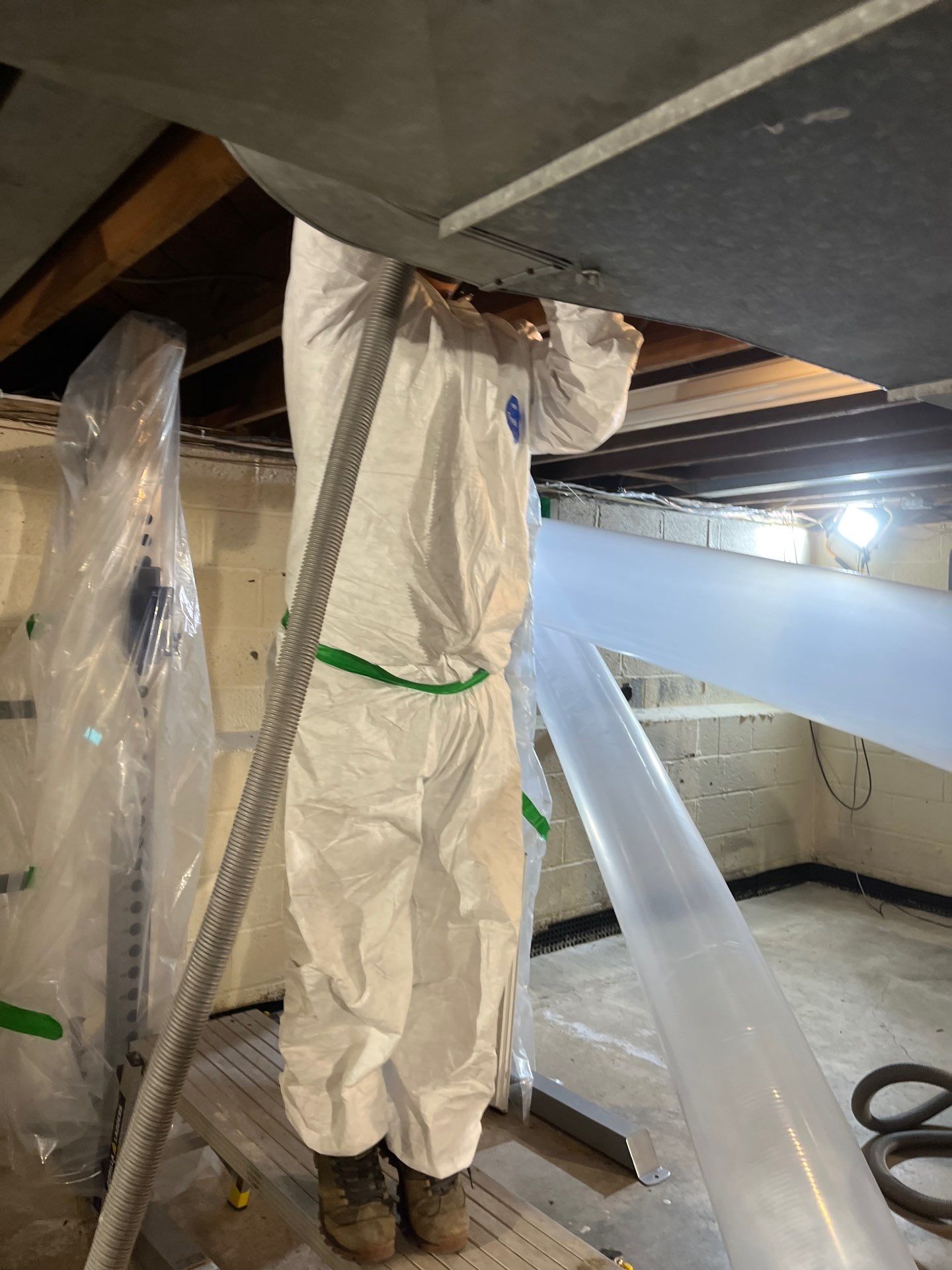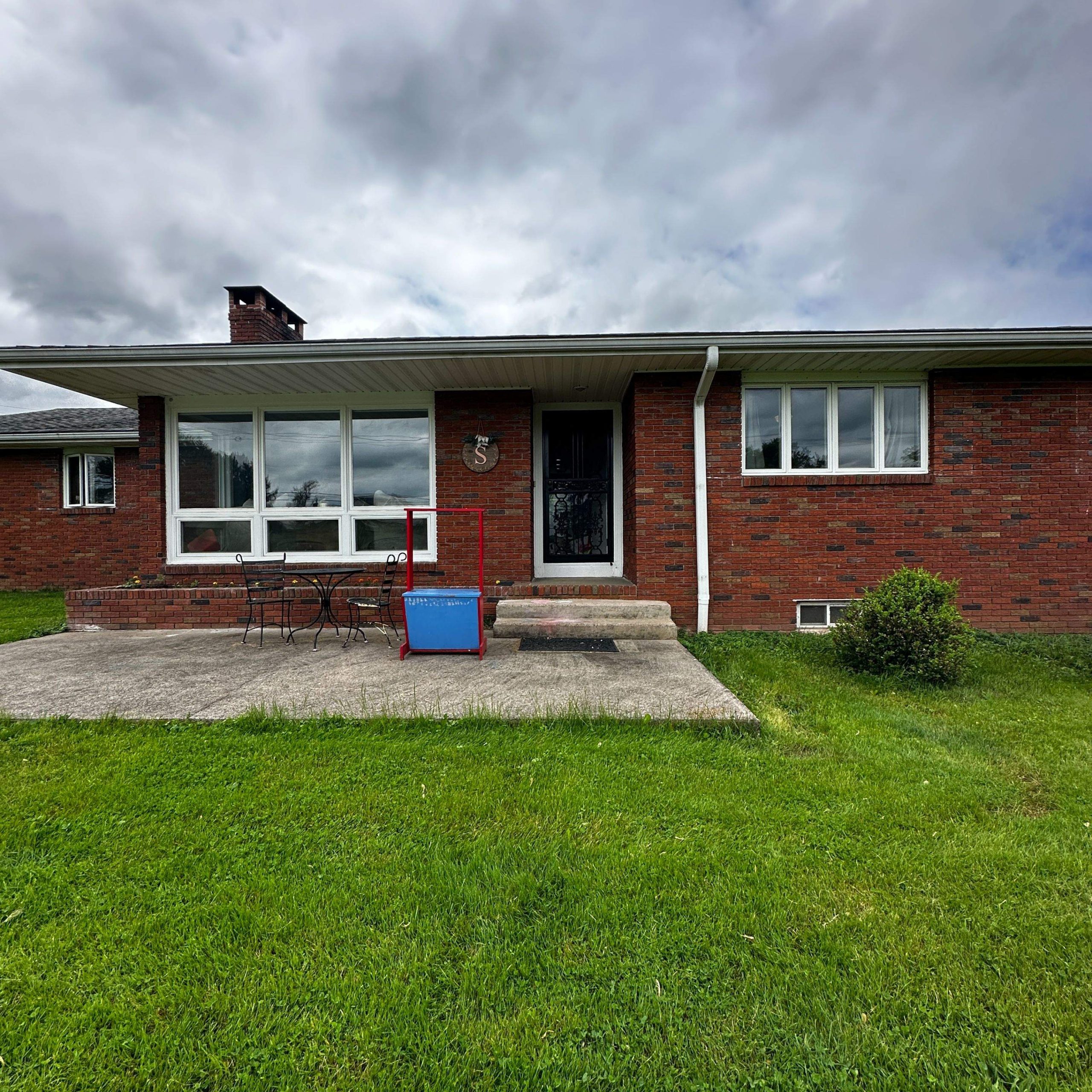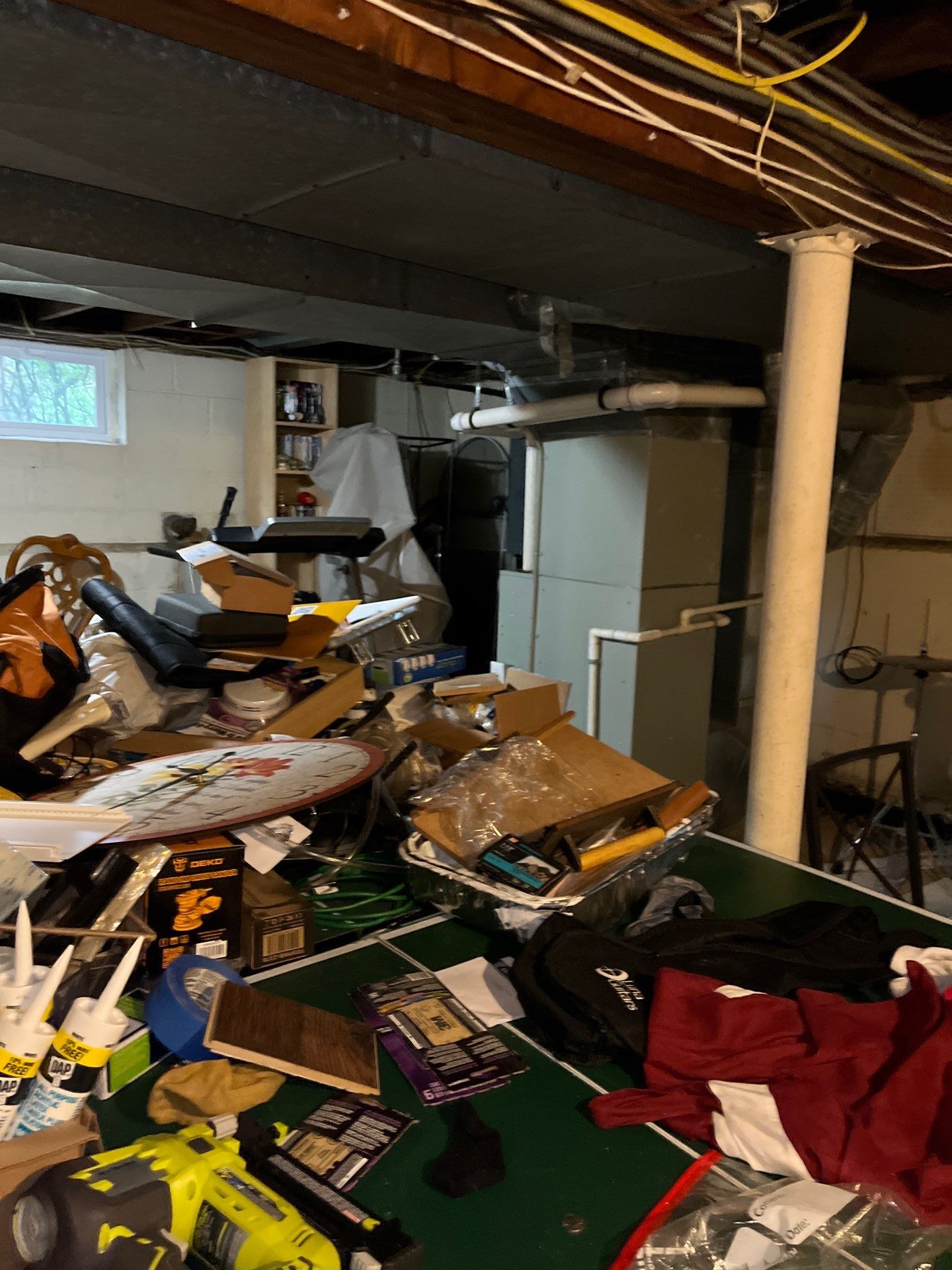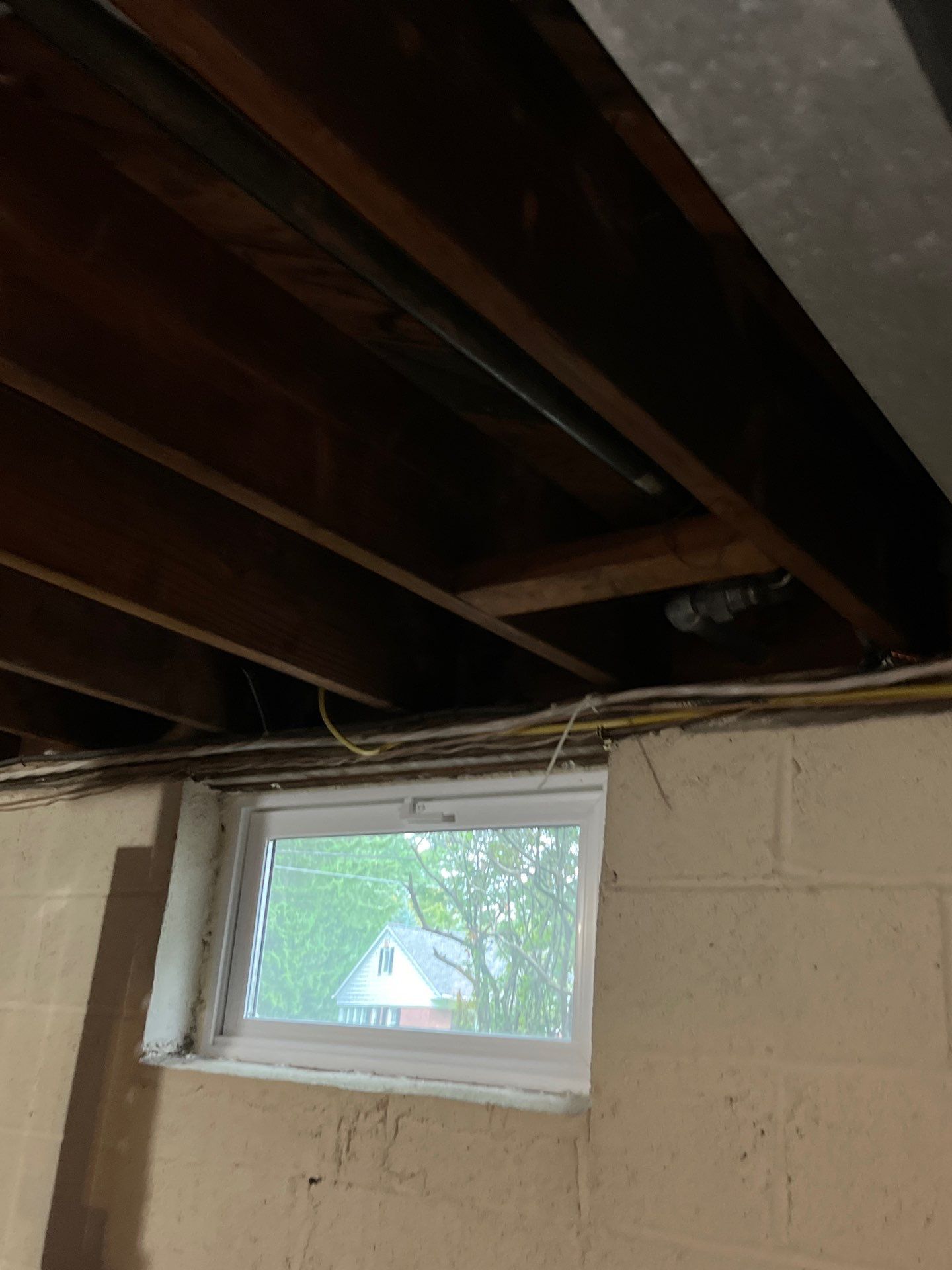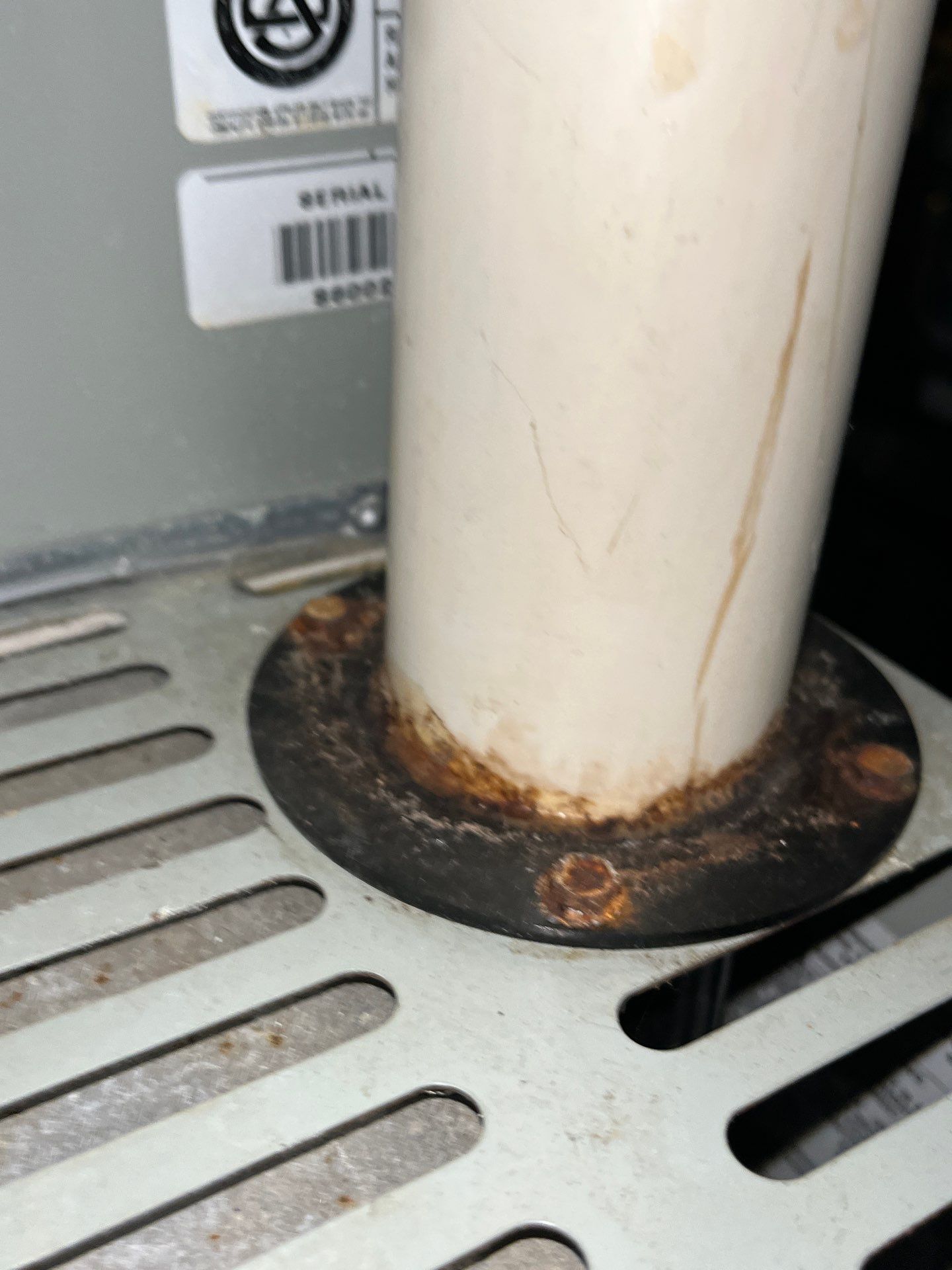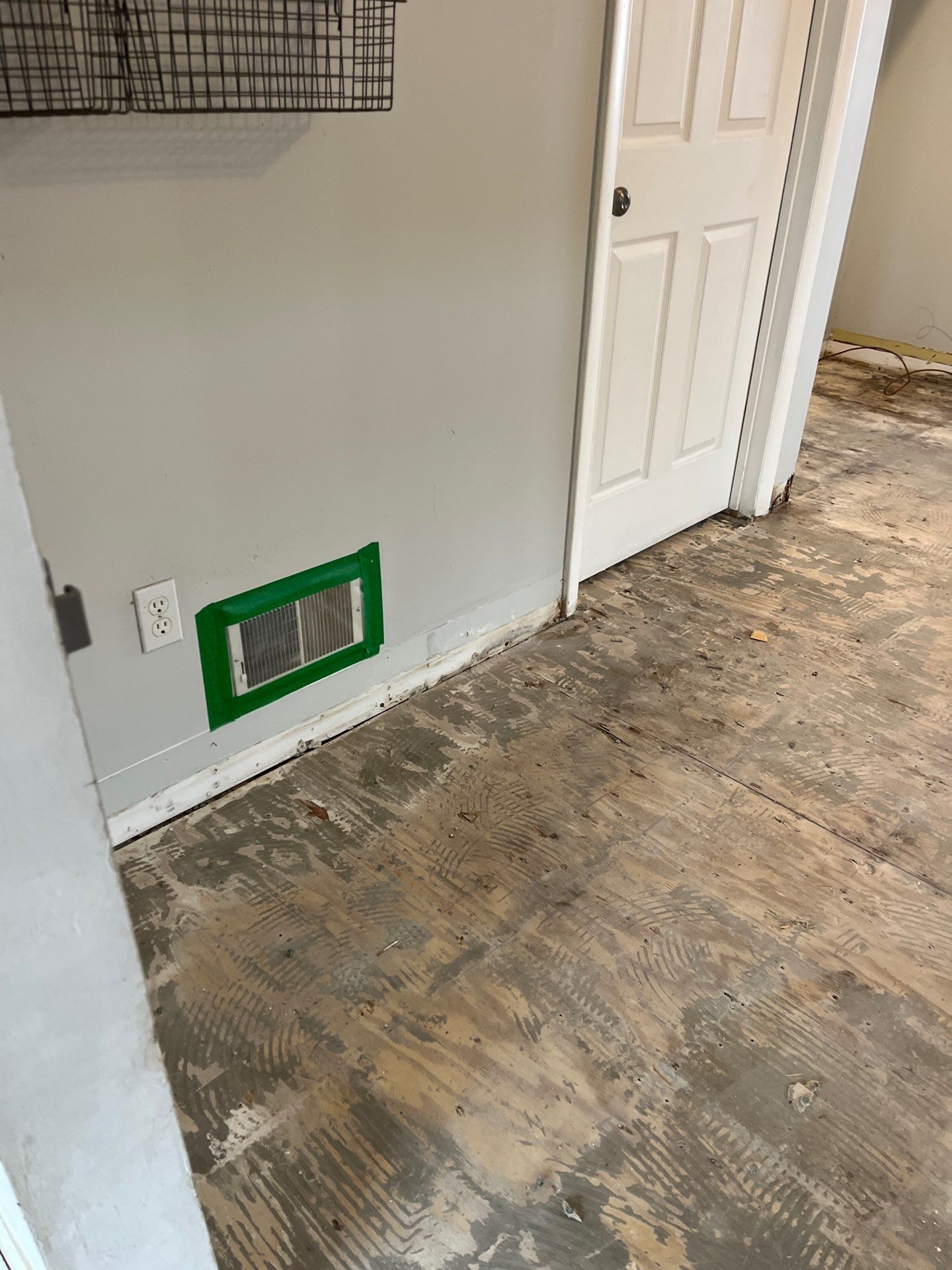Concerned About Mold in Your Wood-Ridge Home?
Mold problems don’t just go away on their own — they get worse with time. If you’re worried about mold growing in your Wood-Ridge home or business, addressing it quickly can help protect your health, your indoor air quality, and your property’s structure.
Why People Suspect Mold or Poor Indoor Air Quality
There are many signs that alert homeowners and businesses to potential mold problems:
• Musty or earthy odors that linger indoors
• Recent water damage from leaks, floods, or humidity
• Visible discoloration or spots on walls, ceilings, or floors
• Frequent allergic reactions like sneezing, coughing, or itchy eyes inside the property
• Persistent respiratory issues or headaches that improve when leaving the building
If any of these symptoms are familiar, mold could be growing somewhere unseen, and indoor air quality may already be compromised.
Common Methods to Test for Mold in Wood-Ridge Properties
Testing is essential to properly identify the presence and extent of mold contamination. Some of the most effective mold and air quality testing methods include:
• Surface sampling from suspected mold patches
• Air sampling to measure airborne mold spores
• Moisture mapping to detect hidden water intrusion
• Infrared thermal imaging to locate unseen damp areas
• VOC (Volatile Organic Compound) testing to assess chemical pollutants
Professional testing by a certified indoor air quality specialist provides clear insights and helps determine the appropriate course of action.
Health Risks of Untreated Mold Exposure
Mold growth inside homes and businesses is more than just a cosmetic issue. Exposure to mold spores can cause a range of health problems, especially for those who are sensitive:
• Chronic coughing, sneezing, and nasal congestion
• Eye irritation, skin rashes, and throat discomfort
• Worsened asthma symptoms or new respiratory conditions
• Increased risk of infections for people with compromised immune systems
• Persistent fatigue and concentration problems
Ignoring mold issues can lead to long-term health challenges for everyone who spends time inside the affected space.
Understanding the Mold Remediation Process
If mold is detected, remediation needs to be handled correctly to avoid recurrence. A comprehensive mold removal process typically includes:
• Identifying and eliminating sources of moisture
• Containing affected areas to prevent the spread of mold spores
• Safe removal and disposal of contaminated materials
• Thorough cleaning and sanitization of surfaces and air
• Post-remediation verification testing to ensure safe conditions
Choosing trained, licensed, and insured professionals like Nash Everett ensures mold is removed safely and that indoor environments are properly restored.
Why Choose Nash Everett for Mold Removal in Wood-Ridge?
At Nash Everett, we believe every home has a story, and we listen carefully to yours. We are fully trained, licensed, and certified to deliver thorough mold removal and indoor air quality services with respect, precision, and care. We tailor each project to your unique situation, respecting your time and property while providing corrective solutions that fit your budget. Whether it’s mold testing, remediation, or air quality improvement, we’re committed to doing the job right the first time.
Our Services for Wood-Ridge Residents and Businesses
• Mold Services — From detection to full remediation
• Indoor Air Quality Testing — Ensuring healthier indoor environments
• Mold & Toxic Material Testing — Identifying harmful contaminants
Protect your health and property by trusting Nash Everett for expert mold removal and indoor air quality solutions in Wood-Ridge.


